Newborn and child-like molecular signatures in older adults stem from TCR shifts across human lifespan
- PMID: 37749325
- PMCID: PMC10602853
- DOI: 10.1038/s41590-023-01633-8
Newborn and child-like molecular signatures in older adults stem from TCR shifts across human lifespan
Abstract
CD8+ T cells provide robust antiviral immunity, but how epitope-specific T cells evolve across the human lifespan is unclear. Here we defined CD8+ T cell immunity directed at the prominent influenza epitope HLA-A*02:01-M158-66 (A2/M158) across four age groups at phenotypic, transcriptomic, clonal and functional levels. We identify a linear differentiation trajectory from newborns to children then adults, followed by divergence and a clonal reset in older adults. Gene profiles in older adults closely resemble those of newborns and children, despite being clonally distinct. Only child-derived and adult-derived A2/M158+CD8+ T cells had the potential to differentiate into highly cytotoxic epitope-specific CD8+ T cells, which was linked to highly functional public T cell receptor (TCR)αβ signatures. Suboptimal TCRαβ signatures in older adults led to less proliferation, polyfunctionality, avidity and recognition of peptide mutants, although displayed no signs of exhaustion. These data suggest that priming T cells at different stages of life might greatly affect CD8+ T cell responses toward viral infections.
© 2023. The Author(s).
Conflict of interest statement
P.T. is on the SAB of Immunoscape and Cytoagents and has consulted for JNJ. P.T. has also received travel support and/or honoraria from Illumina and 10x Genomics and has patents related to TCR discovery and expression. All other authors declare no competing interests.
Figures
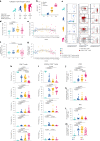


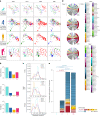
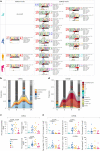


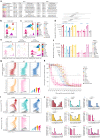

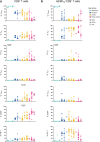


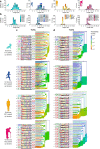
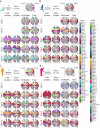

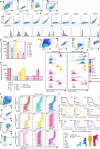

References
MeSH terms
Substances
Grants and funding
LinkOut - more resources
Full Text Sources
Molecular Biology Databases
Research Materials

